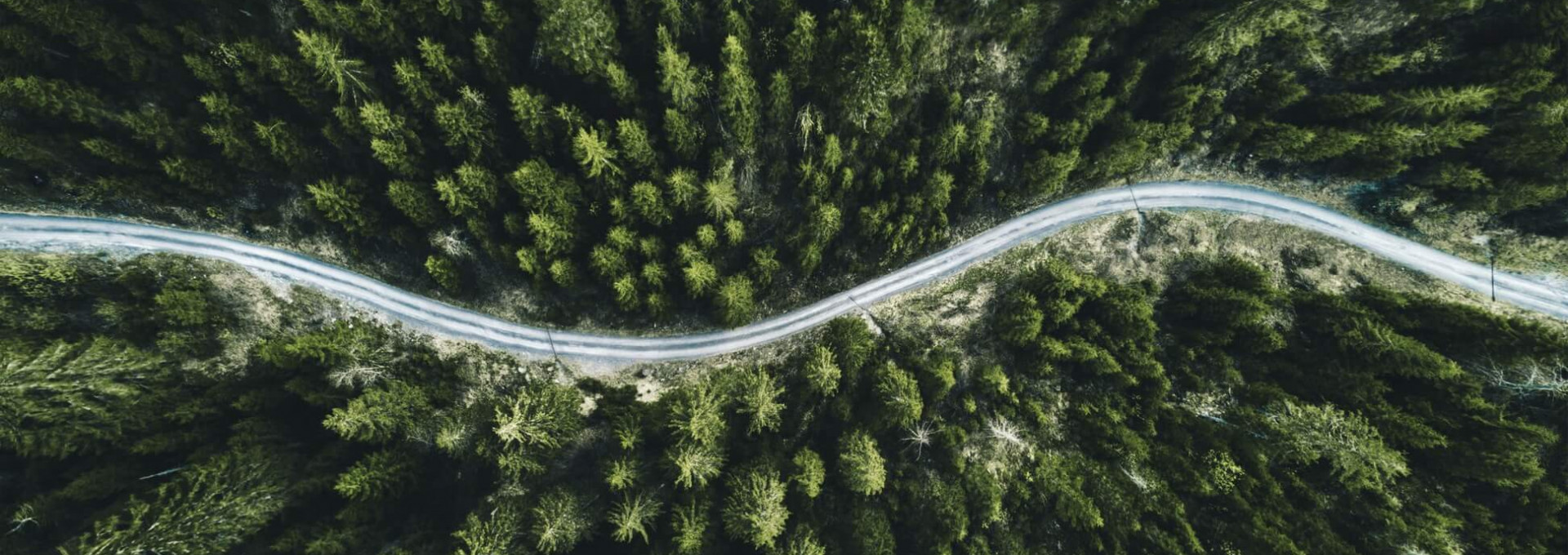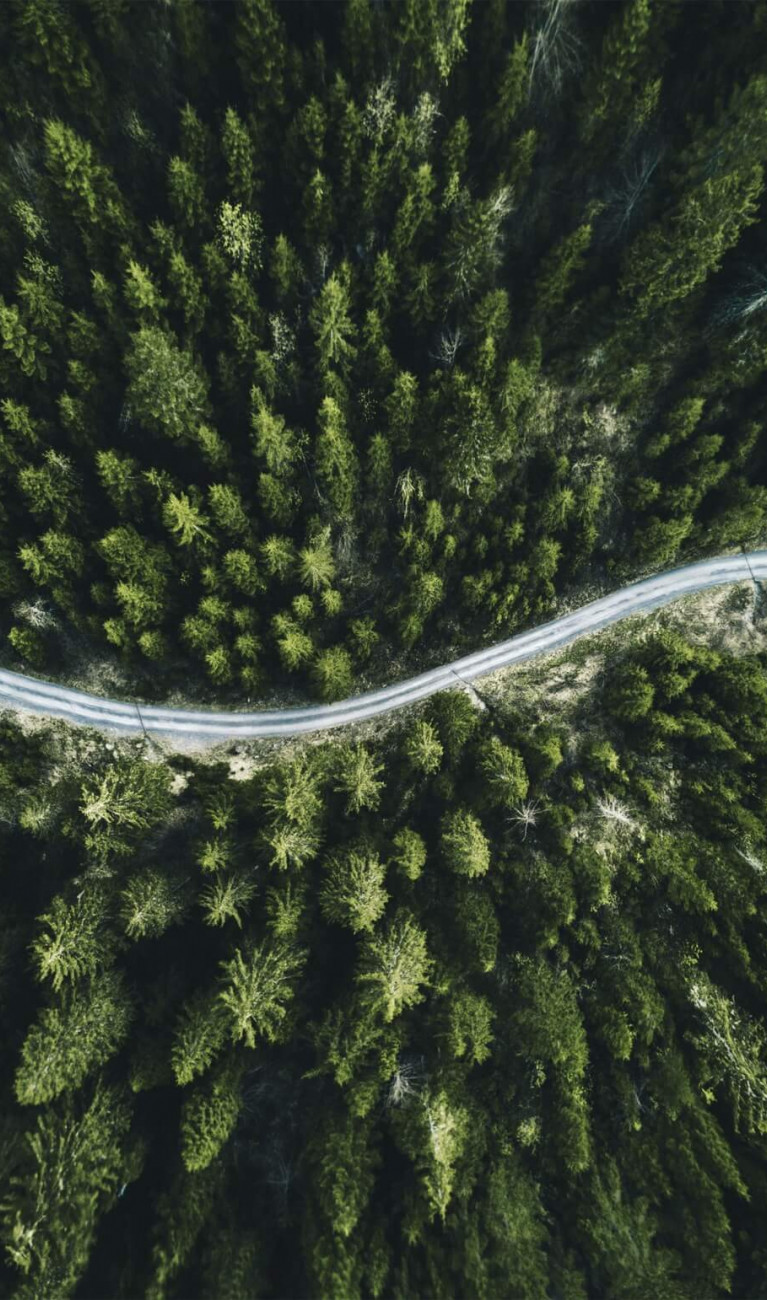



Over the past two years, the Helmholtz Climate Initiative's Net-Zero-2050 project has scientifically investigated and evaluated strategies and new paths concerning the German framework for CO2 neutrality. One of the results is a web atlas intended to drive the public and political debate on CO₂ neutrality at various levels, including within the Helmholtz Association itself. Swantje Preuschmann from GERICS was responsible for the conception and technical implementation of the atlas.
What is a web atlas?
A web atlas is a digital knowledge format, a kind of showcase, in which the research results of the Net-Zero-2050 project are presented. Two different formats invite users to playfully discover the topics worked on in the project: story-based contributions, in which images and texts are juxtaposed and tell a kind of story, and map-based contributions, which show where in Germany there are what possibilities on the way to CO2 neutrality. Both formats have a consistent structure, starting with an overview and becoming more detailed in the end. They all include practical components and offer particular explanations. In this way, we pick up readers step by step, always according to their interests and prior knowledge.
How do I navigate myself through the Net-Zero-2050 Web Atlas?
Each article in the web atlas can be accessed directly via four elements or chapters. In addition, a full-text search helps to find specific information. In addition, you can also let yourself drift through the atlas. The contribution belongs to either one of the two main categories - or chapters: "Technological Lever" and "Decision Supporting Lever." Below these, various sub-chapters further classify the contributions, e.g., into "CO2 removal using technical processes", "Conversion and processing of CO2," or "Nature-based CO2 avoidance and removal".
What was the idea behind the web atlas? Why did you want to create it in addition to the scientific publications?
From the very beginning on, it was clear that there had to be a tool to present our research to the public. Since scientists from different research areas are working together on the project, we realized we need new concepts to visualise and communicate this research. Since not all project partners use maps and digital models to produce their research results, we came up with the idea of introducing story-based picture stories. Our scientists embraced this because it was a relatively easy way to present their research. So everyone was able to tell their story.
Whom is the web atlas aiming at?
We welcome all visitors who are interested in the topic. However, we are primarily targeting political decision-makers at all levels - from local politicians to environmental ministers. And to other experts or engineers, for example. If they want to know what is happening in research, they have come to the right place.
In other words, the web atlas is a roadmap to German CO2 neutrality that now 'only' needs to be implemented by policymakers?
No. It is important to emphasise that the web atlas does not offer comprehensive or complete solutions. Our scientists have considered, researched, and compiled individual measures to help Germany become CO2 neutral. The web atlas helps decision-makers familiarise themselves with the issues and understand what options exist and what hurdles have to be overcome to implement measures at all.